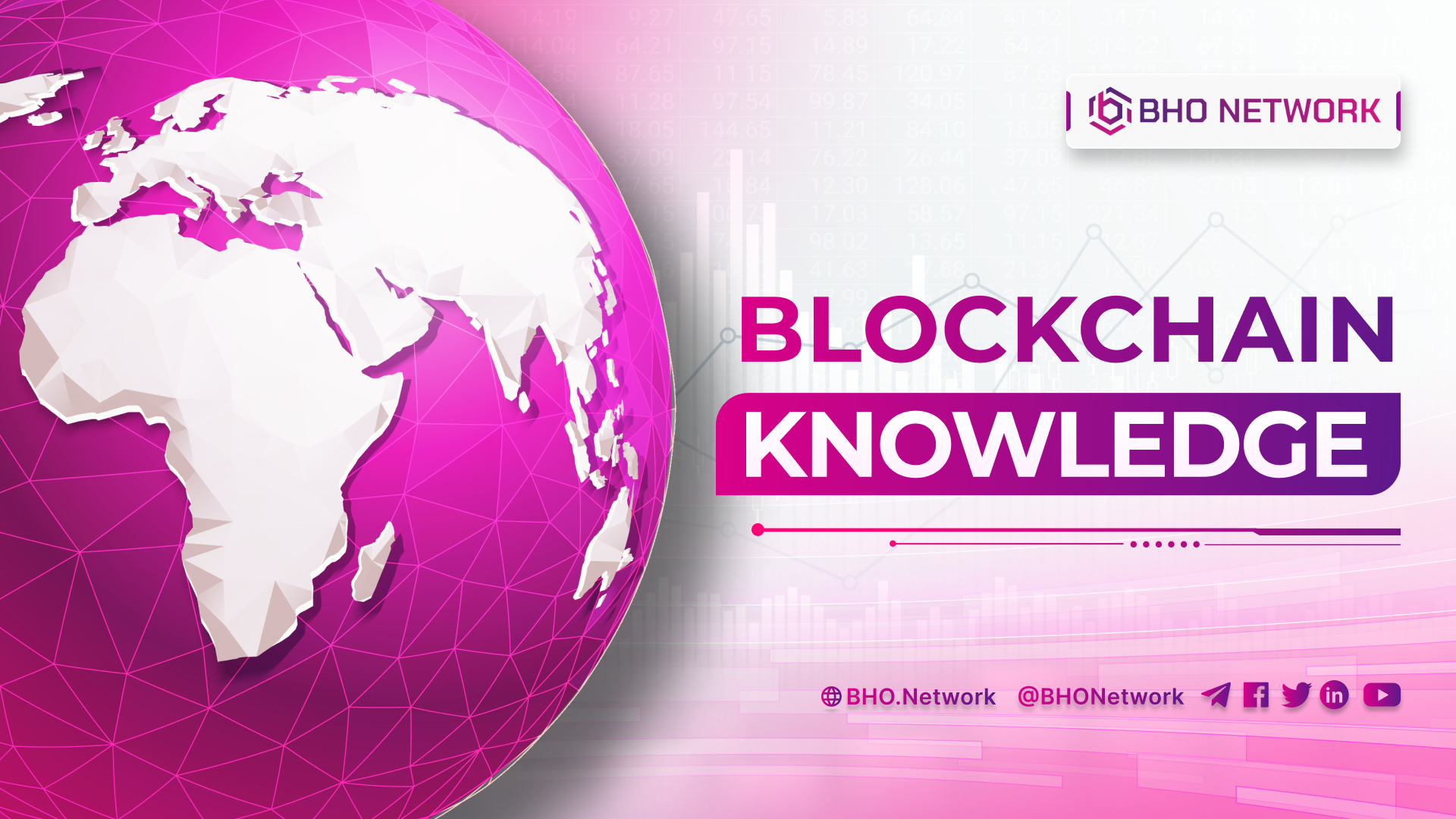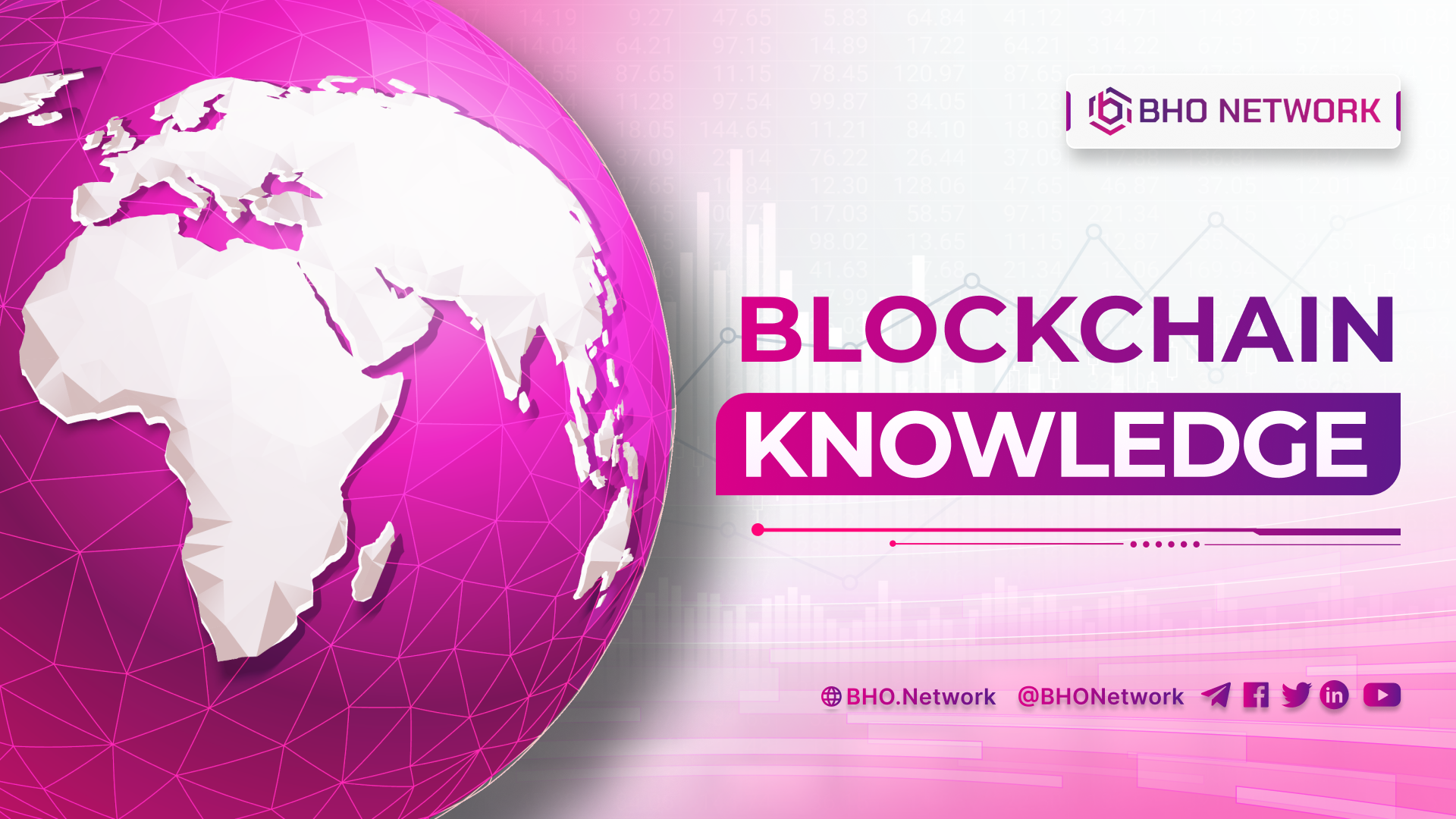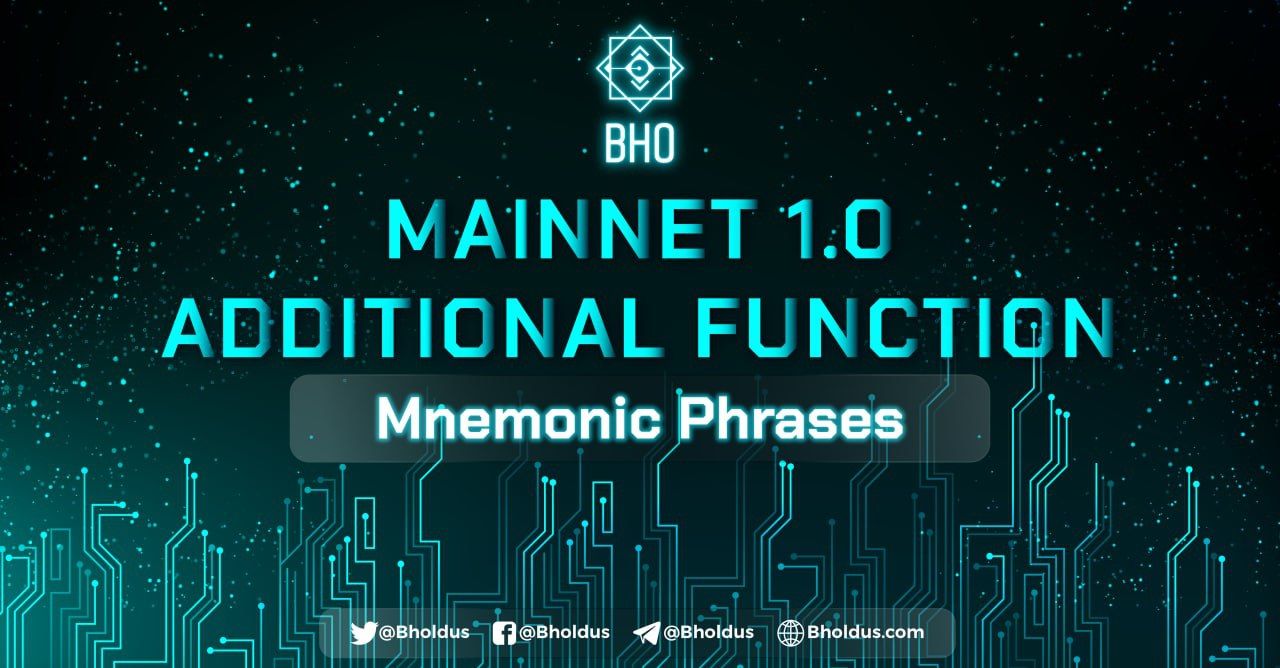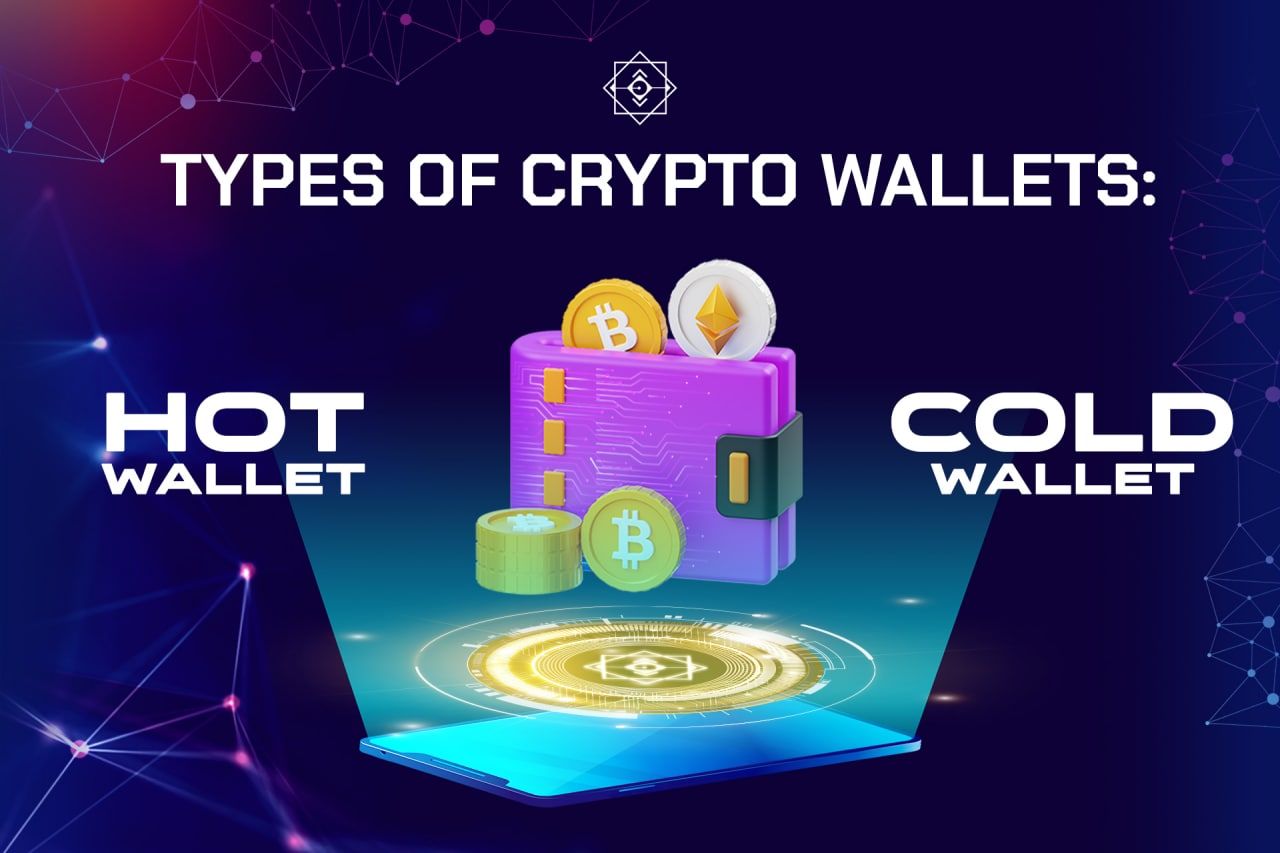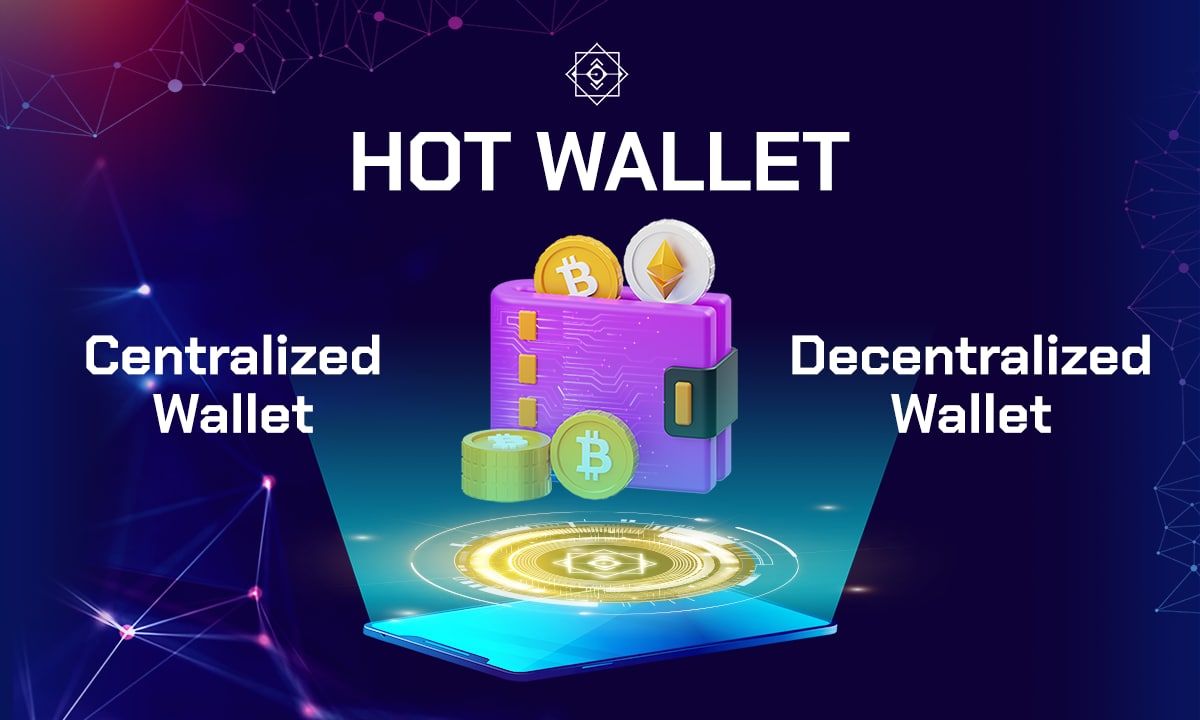- Blog
- Crypto News
- What is Bitcoin Hard Fork? History and Timeline
What is Bitcoin Hard Fork? History and Timeline
- 1. What is Bitcoin Hard Fork?
- 2. Understanding Bitcoin Hard Forks
- 3. How Forks Work
- 4. History of Bitcoin Hard Fork
- 5. Hard Fork Classification
- 5.1 Planned Hard Fork
- 5.2 Competitive
- 6. Classification of Bitcoin Forks
- 6.1 Soft Fork
- 6.2 Code Fork
- 6.3 Merge Fork
- 7. Why Did the Bitcoin Hard Fork Happen?
- 7.1 The Hard Fork of Vision Conflict
- 7.2 Group Interest
- 7.3 Will Hard Fork Increase Bitcoin Price?
- 8. Comparing Hard Fork and Soft Fork
- 8.1 Impact of Hard Fork
- 8.2 Impact of Soft Fork
What is BTC Hard Fork? Exciting information about Bitcoin Hard Fork? That must be the question of many newbies when learning about the Crypto or Blockchain market. So to be able to find the answers to those questions, please join BHO Network to refer to the content of the article below to learn more about the origin and operation of this event!
1. What is Bitcoin Hard Fork?
The answer to the question "What is a BTC Hard Fork?" is the event that changes the rules of the Bitcoin protocols that make old Blocks and Transactions invalid. When the Hard Fork happens, all users and nodes are forced to upgrade the Clients software to the latest version.
A Split Chain event will occur if some nodes remain unchanged but use the old rule. The Blockchain is split into 2 different chains with different missions and visions. Most Bitcoin's Hard Fork is divided from this Blockchain, so many people mistakenly believe that Hard Fork and Split Chain are the same.
2. Understanding Bitcoin Hard Forks
In essence, Hard Fork is like a "subset" of Fork. A Blockchain is like a vast collection of many data blocks at the most superficial level. When the data block is linked with the previous data, it will form an infinite blockchain. This is a process that is set up via a secure security key.
Blockchain is like a straight line made of many segments. Each segment corresponds to a data block. Blocks that have a consensus with each other can link to each other. So any promotion requires an agreement that Blocks work together on Blockchain. But that's unlikely because the blocks are usually connected via an immutable functional rule set.
Therefore, instead of rewriting everything from the block of data in the Blockchain, there will be a change through forks. It can be understood that Fork happening on each Blockchain means too copying the original software, but there will be improvements compared to the old version.
3. How Forks Work
Is Formed What is a Hard Fork? – Most Blockchains are not under the management of any agency. Most Blockchain network members have the right to propose changes to improve the network. As a result, Blockchain increases the overall performance.
In the circuit of the Blockchain, there will always be many participants. It can be a developer, miner, or owner user. The objects in the network all have a particular role. A few have higher voting power than the rest.
Most Blockchains today are built with open-source code. This means that any user has access to and participates in the adjustment. Each participant in the system has specific responsibilities. So, the formation of the Fork depends on each party's decision.
Besides the team of miners, developers and users also have an equally important role in change decisions. Developers will take on the part of initiating and updating the running code. Users play a vital role in validating, auditing, and maintaining Blockchain transactions.
Read more: What is Cloud Mining? Learn the basics of Cloud Mining
4. History of Bitcoin Hard Fork
Since Satoshi Nakamoto created it until now, Bitcoin Hard Fork has undergone many different large and small Fork events. But if it's called a Hard Fork properly, it's only twice.
August 2017, Bitcoin's first BTC Hard Fork started at Block 478558. Block size change to 8MB (or 32MB) is required. However, this change was not accepted by many nodes. This Causes Bitcoin to be split to create Bitcoin Cash (BCH). In October 2017, the Bitcoin Gold (BTG) Block formed after the Hard Fork.
5. Hard Fork Classification
After understanding the BTC Hard Fork platform, BHO Network will analyse two basic types of Hard Forks with you. The forum is divided into planned and competitive Hard Forks.
5.1 Planned Hard Fork
The developer will plan this system upgrade. This kind of Hard Fork will not divide the community much. Because the processes are designed and prepared. A specific example is: At the beginning of 2017, the Monero network event took place. Hard Fork added the feature of secret trading by loop capital.
5.2 Competitive
Hard Fork A competitive hard fork occurs when there is a profound disagreement between interest groups that jointly build the Blockchain. At that time, users often tended to split into two other factions. One faction supports the Hard Fork aiming to form a new, more robust blockchain network. The other side opposes it because it will affect the interests if a Hard Fork happens.
6. Classification of Bitcoin Forks
In addition to Hard forks, there are many different types of Fork. For example: Merge-Fork, Code Fork, Soft Fork... So to understand more about these types of Bitcoin Forks, please refer to the items below!
6.1 Soft Fork
Bitcoin Soft Fork is a protocol software change to invalidate old transactions. Bitcoin has gone through 16 Soft Forks so far. Bitcoin's most controversial soft Fork is Segregated Witness (2017). On July 28, 2010, Bitcoin's first Soft Fork intended to disable the OP_RETURN function. This error means that authorized users can spend all Bitcoins in the network.
6.2 Code Fork
Bitcoin Code Forks are projects that use the source code of the Bitcoin blockchain. The goal is to build a separate Blockchain. The first project that took place in 201110 was NameCoin. Next are Litecoin (LTC), Dash, and many other Coins.
6.3 Merge Fork
Merge Forks are projects that combine Bitcoin's Source Code with another Blockchain. To create an entirely separate Blockchain. Typically in 2018, Merge Fork is Bitcoin Private Fork from Bitcoin and ZClassic.
7. Why Did the Bitcoin Hard Fork Happen?
"Why Bitcoin Hard Ford?" is interested in many users. So, in the content below, let's find out why with BHO Network!
7.1 The Hard Fork of Vision Conflict
It occurs when the Bitcoin protocol needs to change the rules or add new functionality in BIP proposals to the grid. The Hard Fork is suitable for the foundation Blockchain projects in general and the Bitcoin network. Of course, objections are inevitable due to the lack of shared vision and interests that caused Bitcoin Hard Fork to split into 2 new chains separate from each other.
7.2 Group Interest
Before Hard Fork occurs, Fork coins out of Bitcoin will be airdropped to others to hold according to a certain percentage. Many projects have been associated with the exchange. The purpose is to create new coins through the Bitcoin Hard Fork. This Coin will be supported to list on the deal to collect a large amount of money when the Token is released.
7.3 Will Hard Fork Increase Bitcoin Price?
Although many believe that receiving an airdrop through holding BTC when a hard fork occurs will increase demand, leading to an increase in price. However, there has been no hard fork event that can cause Bitcoin to rise in price.
Read more: What is Yield Farming? Everything you need to know
8. Comparing Hard Fork and Soft Fork
Once you understand BTC Hard Fork, distinguishing between Hard Fork and Soft Fork is no longer a problem. The following BHO Network will help you better understand the impacts of these 2 Forks!
8.1 Impact of Hard Fork
This form of Fork has its own set of challenges. The first problem is the division of the community among users. Because users have to choose between staying with the main Blockchain branch or following the newly formed unit.
Another problem is sharing hash power with a hard fork in the blockchain network. This situation reduces the processing capacity and the security of the entire system, making the network vulnerable to attacks.
8.2 Impact of Soft Fork
A soft Fork is often weaker than Hard Fork, but bad groups easily exploit this form of Fork. To fool Full Node users and the team of miners into identifying invalid transaction blocks.
The user will be responsible for overseeing the Blockchain and maintaining a complete copy. The player's primary role is to ensure that all the new Blocks still follow the old rules.
This behaviour is classified as a violation when detecting a group of people making new rules without the Full Node user's knowledge. For example, independent miners will always maintain a decentralized Bitcoin network in Full Nodes. Miners act as validators of transactions to add to the Blockchain. Thanks to that, inflation or Bitcoin double spending is also partly prevented.
If the defamation succeeds in misleading Full-Node users and the mining support group so that invalid transactions are accepted, the Blockchain may have been hacked. The system is then at risk of collapse. Most Blockchains usually try to make the entire Soft Fork public to minimise the above risk.
Related posts:
- Smart Contract - What is a smart contract? Knowledge of SC
- What is ICO? Overview of the ICO investment process
The above article introduced you to “what is BTC Hard Fork?” Origin and how the Bitcoin Hard Fork Works. I hope the above information will be helpful to you when participating in this exciting new crypto market. Learn about the market carefully to plan a profitable investment from today. If players have any questions, please contact BHO Network!
Published on February 04, 2022
Tagged topics
